Britain was once entirely covered in woodland and home to many wildlife species. But with habitats declining, our gardens are increasingly important spaces for creatures to access food, water and shelter. There are an abundance of ways to make wildlife welcome into your garden.
You don’t need to be in the countryside or even have a large garden to encourage biodiversity. Here are a few ideas to help encourage wildlife:
Go wild
Leaving nature to its own devices and letting your garden get messy is a great way of creating a space animals will feel at home. However, it doesn’t mean you need to have an overgrown garden that you can’t enjoy yourself.
Instead, make a compromise by leaving certain areas or corners to grow, or sow a wildflower meadow full of oxeye daisies, corncockle, cow parsley and columbine.
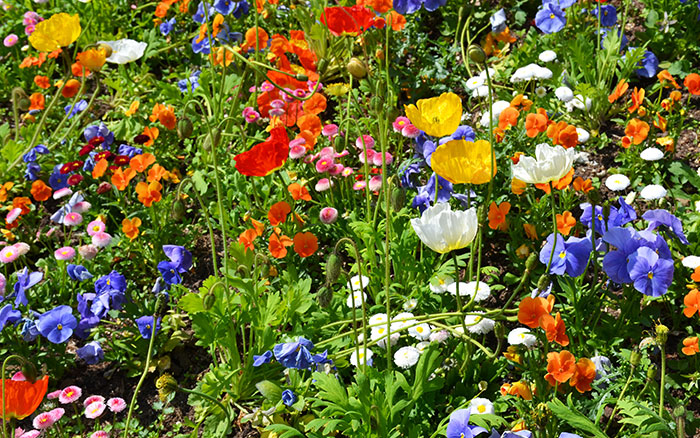
Not only can you enjoy the beauty of the wildflower area, but pollinators will love it too, so you will be giving bees and butterflies a helping hand to access nectar and pollen.
We may be a long way off from hot days and balmy summer evenings, but autumn is an ideal time to sow wildflower seeds.
They will germinate in a few weeks and then settle for the winter while their roots establish so that in spring, they’ll be ready to grow. Choose your patch of ground with moist soil in an open and sunny spot, then clear away any debris or weeds, level the surface and sprinkle the seeds evenly, before watering in.
The joy of sowing around now is that you will probably not have to water that much due to the autumn rain. Another benefit of leaving sections of your garden untamed is that they are wonderfully low-maintenance.
So that leaves you extra time to focus on those spots outdoors that you want to spend more time in, such as your vegetable patch.
Flying friends

At this time of year, when we start to spend our evenings snuggled up indoors with a hot drink, the birds are still outside in the elements. They will need sufficient food to keep their bodies warm through winter. Shrubs in our gardens act as food as well as shelter for the birds.
And don’t just plant with aesthetics in mind, plant things wildlife will feast on. For example, holly (Ilex aquifolium) has bright red berries that birds love to eat. It also serves as shelter as well as protection for birds because the spiky leaves deter predators.
And rather than removing dead stems, leaves and seed heads, leave them as extra structures for birds to nestle in. Make a compromise between plants you want to add style and those that will benefit wildlife.
Lots of logs
To accommodate the smaller creatures in your garden, gather wood from your own outside jobs, as well as any from family or friends who are having tree work done. When you’ve got enough wood, stack it up to form a heap with different sizes on top of each other.
To stop the stack from rolling away, stick a stake into the ground on both sides to act as a barrier.
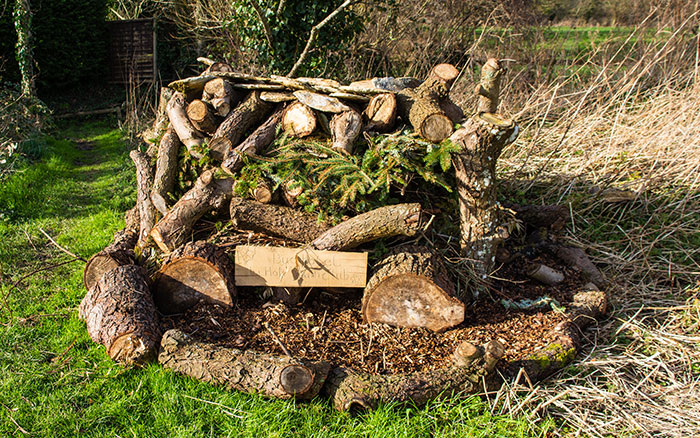
Many critters, such as beetles, centipedes and woodlice, will love the dark and damp setting. So keep the wood damp by burying the first layer a few centimetres into the soil. Or if it’s looking particularly dry, give it a spray with the hose.
Site it in the best spot – somewhere away from your trees and shrubs because the decaying wood in the pile might also house harmful bacteria and diseases.
A place that is in partial shade is best because anywhere in too much sun will mean the pile will dry out. Ideally, choose a spot next to a pond where amphibians, such as frogs and toads, can hibernate and get access to food too.
Remember, remember

We are creeping into November, and Guy Fawkes Night will soon be upon us. So think about keeping wildlife safe when lighting a bonfire. One of the best things to do is build the bonfire on the day you are going to light it, which will save hedgehogs and other creatures taking up home there and keep them from harm.
Alternatively, if it needs to be built in advance, protect the area by surrounding it with chicken wire to stop hedgehogs getting in.
Before lighting, have a rummage around using a pole or broom and a torch. Thoroughly check it – particularly the bottom two feet of the structure. Listen out for a hissing sound, which is the noise hedgehogs make when they are disturbed. For more information on what to do if you find a hedgehog, visit britishhedgehogs.org.uk.
Tip:
When doing your autumn pruning, add some branches, twigs and leaves to your compost heap to help create organic matter.
Attracting animals and insects to your garden will bring benefits to you and them, so keep it accessible and safe and it will become a happy haven for wildlife.
Happy gardening everyone!
Reader questions
Shall I bring my tender plants indoors now?
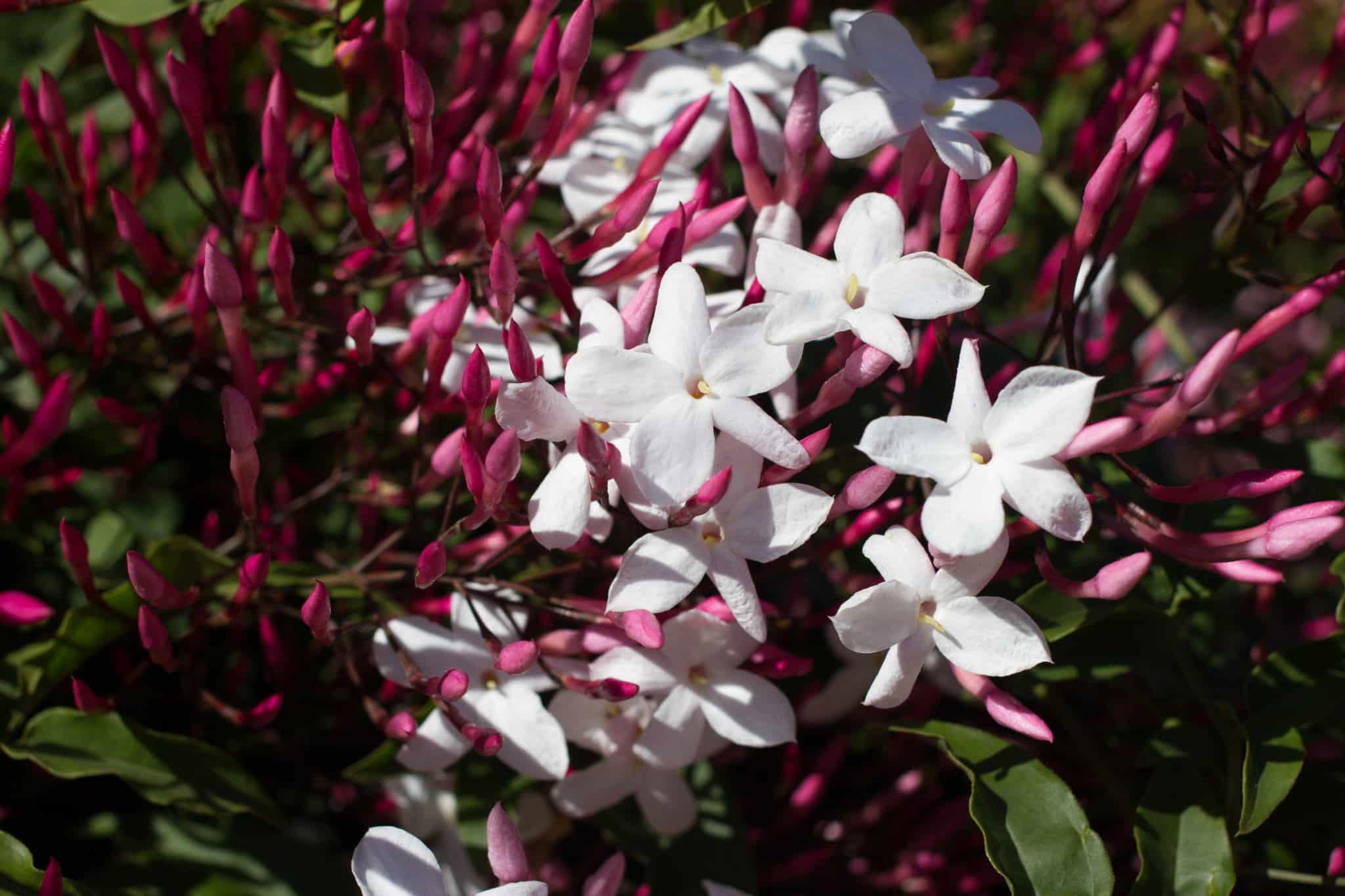
Bringing in any tender tropical plants will protect them from chills. You may need to acclimatise them by moving the container inside at night and placing it back outside for the day. Then over the next couple of weeks gradually increase the time the plant is indoors to reduce any stress.
How do I plant daffs so they pop up within my lawn in spring?
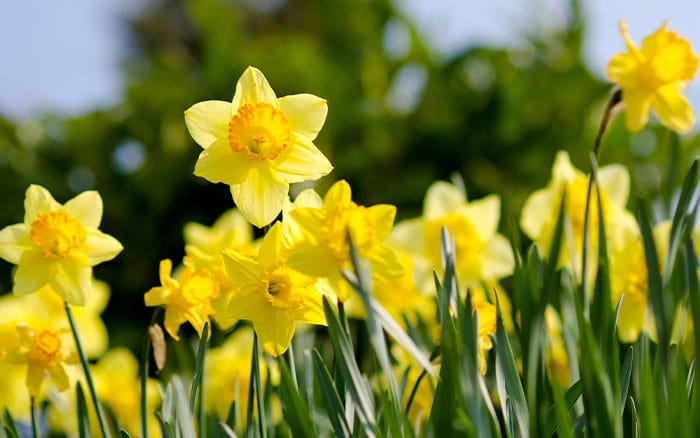
This is called naturalising. Scatter the bulbs randomly over the area for a natural, rather than uniform, look. Dig holes for each bulb that are three times the bulb’s depth. Plant with roots pointing down, then fill holes and replace the turf so it’s level with the rest of the lawn.
David Domoney is a Chartered Horticulturalist, Broadcaster, and Author. David has worked with a number of the UK’s leading garden retailers as a plant buyer and strategic consultant. With more than 30 years experience, in horticulture, David is as passionate about plants now as he was when he bought his first plant at a village fete.

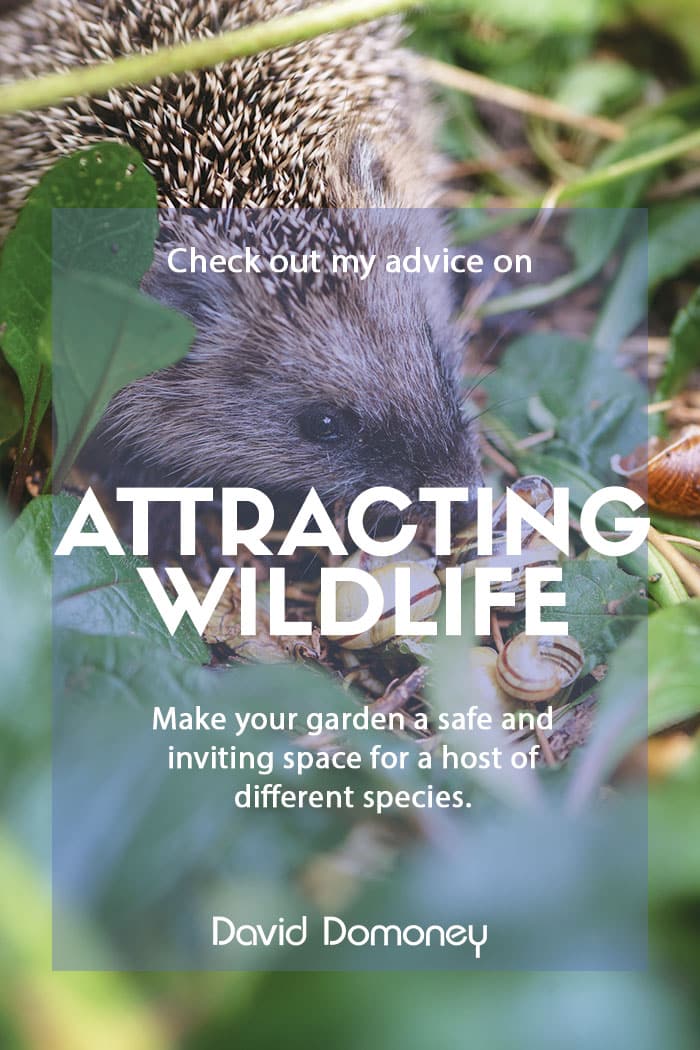


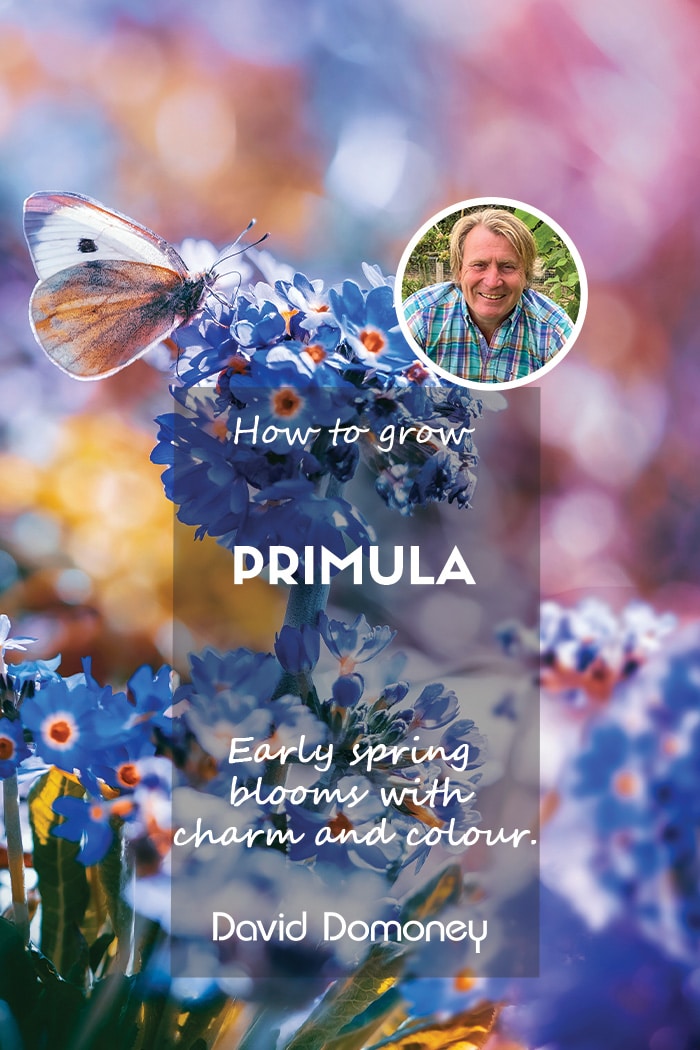

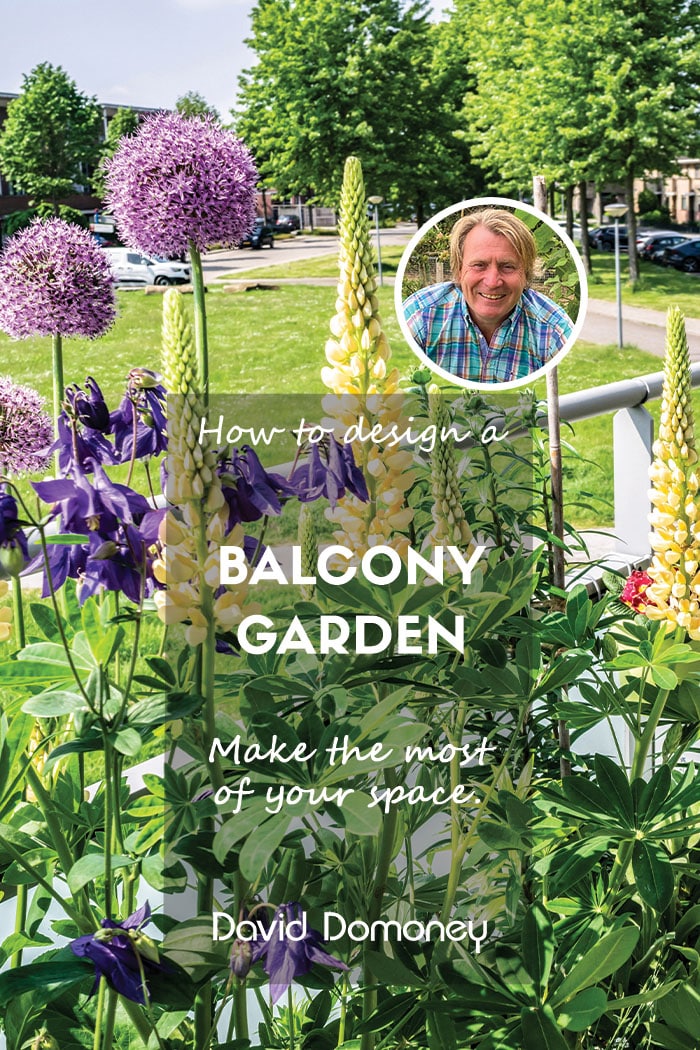
Leave A Comment